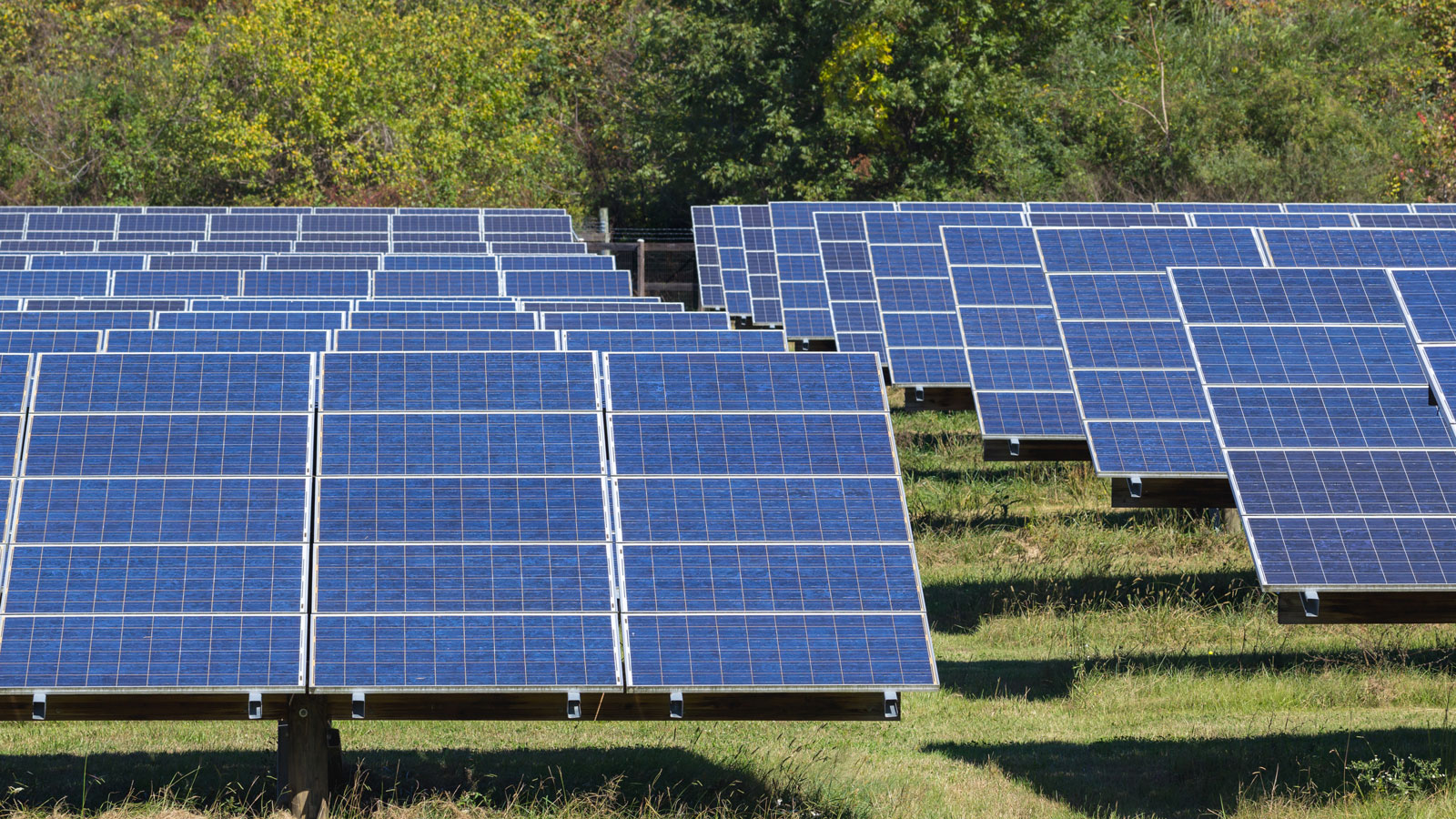Delivering on our promises in the Paris Agreement on climate
As we mark the fifth anniversary of the historic Paris Agreement on climate change this week, our country is promising to cooperate once again on solving this existential challenge for our nation and for the world. President-elect Joe Biden has pledged to rejoin the Paris Agreement as one of his first actions in office. While we cannot make up the time we’ve lost, it’s important to take a broader look at the past four years, because, despite the failure by our executive branch, there has been progress thanks to states across the nation.

We know there is a climate crisis but states have been leading the charge to slow this threat. Our intern Lucy Smith shares a story about why we need to look at states as the leaders in this fight against climate change.
It’s been a long four years since the United States took leave of its international leadership to solve the climate crisis. The Trump administration not only reneged on our international promises, but has also systematically dismantled our nation’s best climate programs such as the national clean car and methane standards.
As we mark the fifth anniversary of the historic Paris Agreement on climate change this week, our country is promising to cooperate once again on solving this existential challenge for our nation and for the world. President-elect Joe Biden has pledged to rejoin the Paris Agreement as one of his first actions in office.
While we cannot make up the time we’ve lost, it’s important to take a broader look at the past four years, because, despite the failure by our executive branch, there has been progress thanks to states across the nation. When President Trump announced in 2017 that the U.S. would pull out of international cooperation on cutting carbon pollution, governors and local leaders immediately pulled together into an alliance committing to the Paris Agreement. These states represent more than half of the U.S. population – and they have made tremendous progress.
Seven states have plans to cut pollution and reach carbon neutrality by mid-century, with strong interim pledges along the way. Ten states in the Northeast and Mid-Atlantic, which have banded together since 2009 to cut carbon pollution from power plants in half, are now tackling tailpipe pollution from our cars.
During the past few years, North Carolina has taken strides in the right direction. In 2018, Governor Cooper signed Executive Order 80, establishing the state’s reduction targets for greenhouse gas emissions and creating a Climate Change Interagency Council to meet these goals. Among them were a 40% greenhouse gas emission reduction, 40% improvement in state building energy efficiency, and 80,000 zero-emissions vehicles by 2025. Governor Cooper’s executive action is a strong first step for North Carolina, but we have a long road ahead.
More must be done at the national level. In order for President-elect Biden to make realistic, substantive reductions in greenhouse gas emissions, Congress must step up and act on climate. It is no longer acceptable to blame partisan rancor for sitting on the sidelines.
Climate scientists are united in their concerns for our future if we continue to burn gas, oil and coal. From the massive wildfires in the West to the record-breaking hurricane season in the South, the Earth has shown us that we must move quickly and boldly at scale and pace. This means deploying renewable energy and electrifying our buildings and cars immediately.
Perhaps progress will take shape with a series of smaller, but significant bills in Congress must add up to the carbon reduction numbers that science tells us we need to hit. The bottom line is that congressional leadership needs to bring climate-related bills to a vote, and every member needs to work to negotiate a compromise that leads to meaningful change.
As citizens, we must also play a proactive role. Our leaders need to know that we the people demand and will applaud courageous, bold and expeditious action to cut pollution — from passing clean energy tax credits to bringing energy efficiency dollars home to districts with Energy Efficiency and Conservation Block Grants to helping our farmers be part of the climate solution with the next big agriculture bill.
Congress has the ability to lead, and there are clear solutions for them to embrace. The president-elect, governors and the American people are ready to go. Let’s harness our strength, ingenuity and determination to solve the climate crisis once and for all — for the sake of all Americans and our nation’s future.
Topics
Authors
Krista Early
Find Out More

Bank of America said it would stop financing drilling in the Arctic Refuge. Now it’s backtracking.

Unlocking America’s rooftop solar potential

We brought FedEx’s golden solar opportunity to their doorstep

